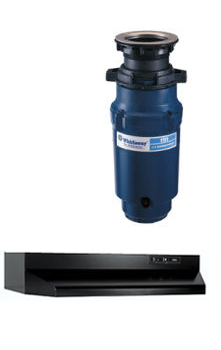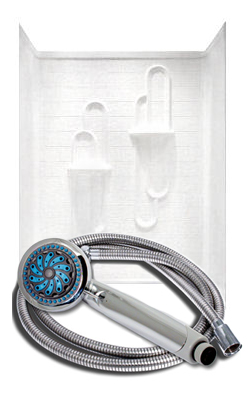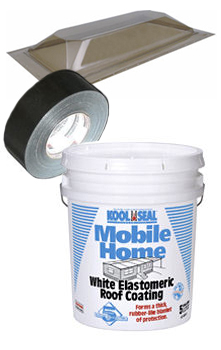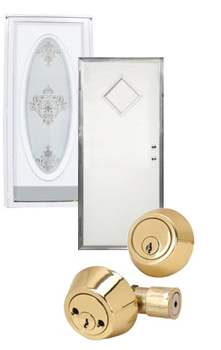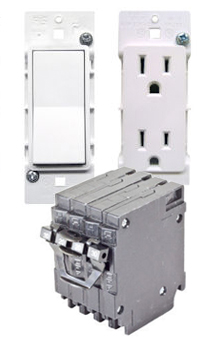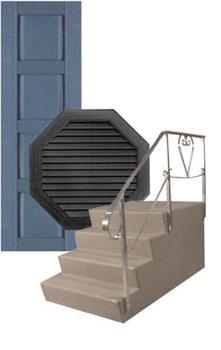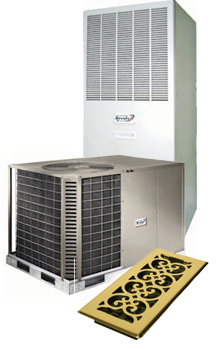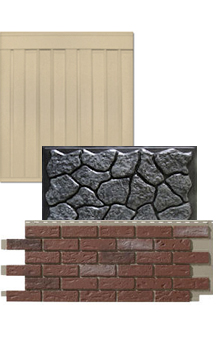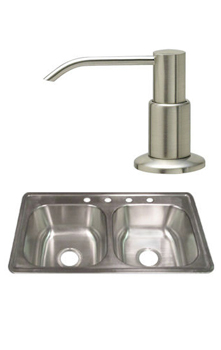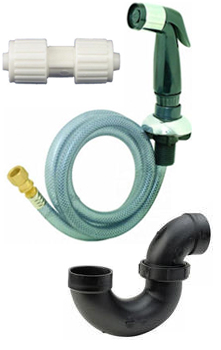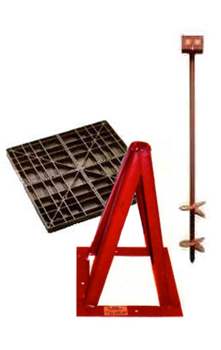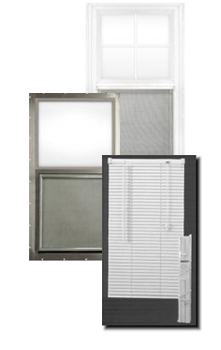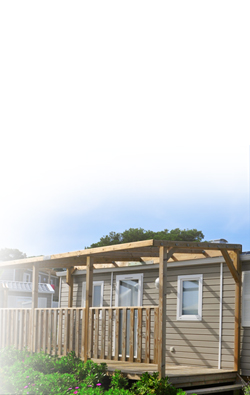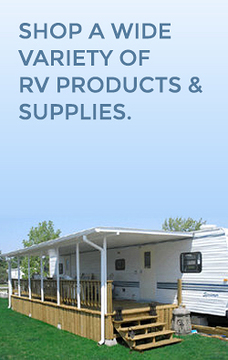
Getting ready for summer and fall trips in your RV can feel like a full-time job. From prepping the water tanks to checking your tires and packing all the essentials, there’s a lot to do before you hit the road. But one thing that’s often forgotten is making sure your RV awning is in good shape.
Whether you’re chilling at the beach, camping in the woods, or just hanging out in your driveway, your awning provides shade, protection, and a cozy spot to relax. But like everything else, it has a lifespan. So, how do you know when it’s time for a new awning? Let’s dive into the signs that tell you it might be time for an upgrade.
Broken Awning Mechanism
The mechanism that extends and retracts your RV awning is crucial for its operation. If you notice that the awning is difficult to open or close, or if it gets stuck halfway, this could be a sign that the mechanism is broken or worn out. A malfunctioning mechanism can also cause the awning to sag, making it less effective at providing shade and protection.
Sometimes, the issue might be a simple fix, like lubricating the moving parts. However, if you’ve tried that and the problem persists, it might be time to replace the entire awning. Continuing to use a broken mechanism can lead to further damage, and you don’t want to risk your awning collapsing or tearing.
Splitting Seams
The seams of your RV awning are where the fabric pieces are stitched together, and they’re often the first spots to show wear and tear. Over time, exposure to the elements can weaken these seams, causing them to split or fray. If you start to notice the seams on your awning coming apart, it’s a sign that your awning is getting worn out.
Split seams can lead to bigger problems like tears in the fabric or water getting through during rainstorms. Once the seams start to go, the fabric is much more likely to rip, and that’s a hassle you don’t want to deal with while you’re on the road. For small tears in the stitching or seams, you can fix them by sewing or using glue to tape them back together. However, if the tears are larger, it might be beyond a simple repair, and you’ll likely need to replace the entire awning fabric.
Mildew Build-Up
Mold and mildew are never welcome, even if they stay outside your living space. RV awnings, especially those made of two pieces of fabric sewn together, are prime spots for mold and mildew to grow, especially if you often travel to humid areas. If you notice black or green spots on your awning that won’t wash out, it’s likely mildew has set in. Besides being ugly, mildew can weaken the fabric over time, making it more likely to tear or develop holes.
While you might be able to clean off small patches with Camco Full Timers Choice™ RV Awning Cleaner , heavy build-up usually means the fabric is beyond saving. It could also mean that the waterproof coating has worn off, making your awning less effective at keeping out rain. In these cases, replacing your RV awning is the best way to keep your space clean and comfortable.
Fabric That Has Stretched Out
An awning’s main job is to give you shade and keep water off whatever’s underneath it. But over time, especially after facing a few rainstorms, awnings can start to sag as water collects on the fabric. Once it starts stretching, it just keeps getting worse, with more water pooling up every time it rains, making the sagging even worse.
If you spot your awning sagging, it might be time to replace the fabric or even the whole awning. A new one will fit snugly and offer better protection against the elements.
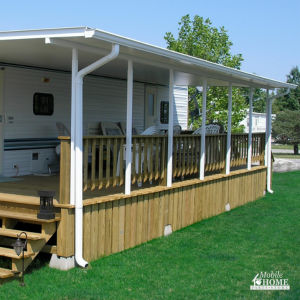 Dura-Bilt® Portable RV Awnings
Dura-Bilt® Portable RV Awnings
If your RV awning is showing any of the signs above, it might be time to replace it with something more durable and reliable. One excellent option to consider is the Dura-Bilt® Portable RV Awning. Unlike the traditional fabric awnings, Dura-Bilt® offers tough, insulated aluminum awnings that are built to last. These awnings can handle rough weather better, won’t stretch out over time, and are much less likely to get mildew. This means you won’t have to constantly adjust or retract it when storms hit. It’s built to withstand the elements and give you years of dependable service.
What’s great about the Dura-Bilt Awning is how easy it is to use. When you’re ready to hit the road, you can quickly take it down and pack it away in your towing vehicle. And when it’s the off-season, you can fold up the self-storing posts and swing the sections down to cover the side of your RV. This added coverage provides extra security while your RV is parked. Just keep in mind that this awning isn’t made for handling snow, so it’s best to take it down during snowy weather.
Why Switch From a Fabric RV Awning to an Insulated Aluminum?
While fabric RV awnings have their perks, insulated aluminum awnings offer several benefits that make them worth considering for your next upgrade.
Durability That Lasts
Fabric awnings are lightweight and easy to roll out, but they don’t always stand up to the elements. Over time, they can fade from the sun, tear from strong winds, or develop mold if they get wet and don’t dry out properly. On the other hand, insulated aluminum awnings are built to last. They’re tough enough to withstand harsh weather conditions like heavy rain, snow, and strong winds. Plus, they won’t fade, tear, or mold. This durability means fewer replacements over the years, saving you money in the long run.
Better Temperature Control
If you’ve ever tried to enjoy the shade of a fabric awning on a hot day, you know it doesn’t do much to keep things cool. The sun can still beat down through the fabric, heating up the area underneath. An insulated aluminum awning acts like a shield, blocking out the sun’s rays and helping to keep the space beneath much cooler. In fact, it can reduce the temperature by several degrees, making your outdoor experience a lot more comfortable. Plus, it helps keep your RV cooler inside, which means your air conditioner won’t have to work as hard.
Low Maintenance
Fabric awnings require a fair amount of upkeep. You have to clean them regularly, make sure they dry out completely after it rains, and inspect them for any signs of wear or damage. With an insulated aluminum awning, maintenance is a breeze. They’re easy to clean—just hose them off or wipe them down with a damp cloth. Since they’re more resistant to the elements, you won’t have to worry about the same level of wear and tear, which means less time spent on upkeep and more time enjoying your travels.
Shop at Mobile Home Parts Store
Replacing your RV awning might not be the first thing on your to-do list, but keeping an eye out for these signs can help you keep your RV in top shape. Whether you notice any signs that your RV awning needs replacing—like a broken mechanism, splitting seams, mildew build-up, or stretched-out fabric—it’s time for a replacement. A new awning can make a world of difference in your comfort and enjoyment on the road.
If you’re in the market for a new RV awning, don’t forget to check out Mobile Home Parts Store for a wide selection of high-quality RV awnings, including the Dura-Bilt® Portable RV Awning. With their help, you can find the perfect awning to match your RV and get back to enjoying the great outdoors in comfort and style. Don’t wait until your old awning fails—make the switch today and see the difference for yourself!
Tags: RV, rv awning, rv awnings, RV life


